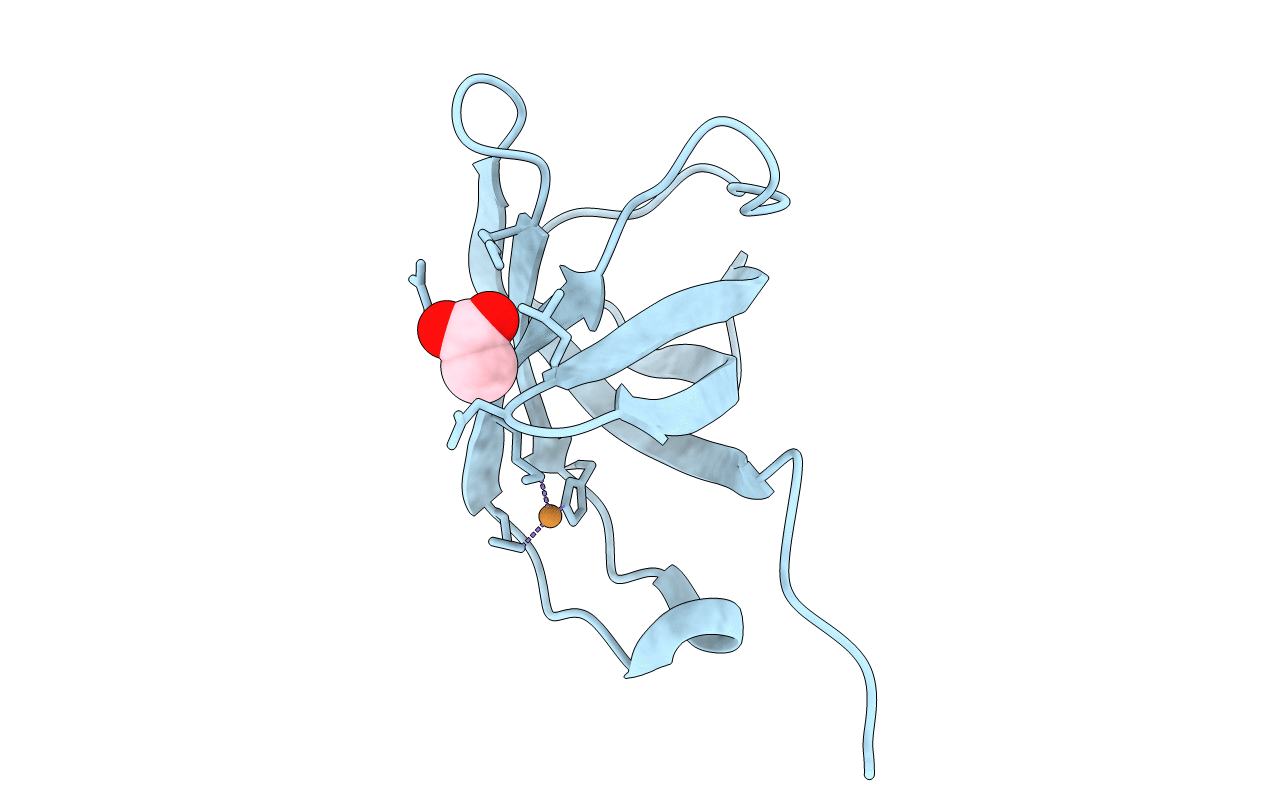
Deposition Date
2008-08-17
Release Date
2009-07-07
Last Version Date
2023-08-30
Entry Detail
PDB ID:
3E6Z
Keywords:
Title:
1.0 A Structure of CusF-W44A-Cu(II) residues 10-88 from Escherichia coli
Biological Source:
Source Organism:
Escherichia coli (Taxon ID: 562)
Host Organism:
Method Details:
Experimental Method:
Resolution:
1.00 Å
R-Value Free:
0.21
R-Value Work:
0.19
R-Value Observed:
0.19
Space Group:
P 21 21 21


